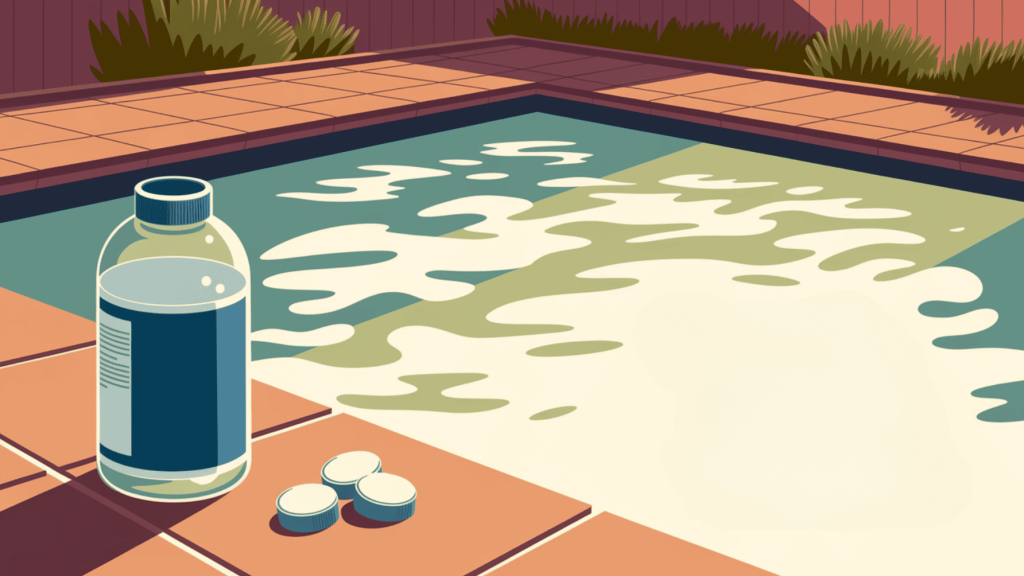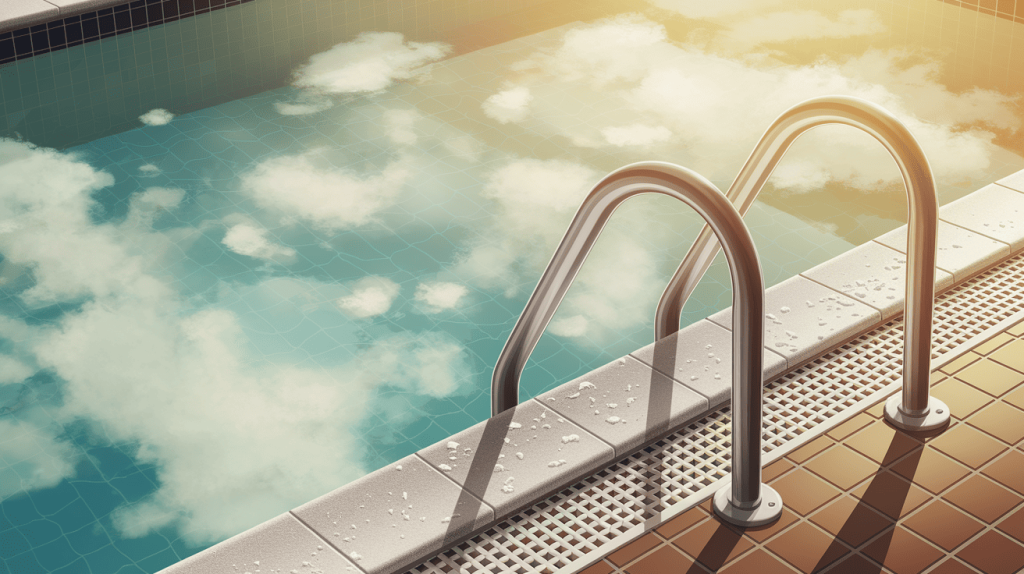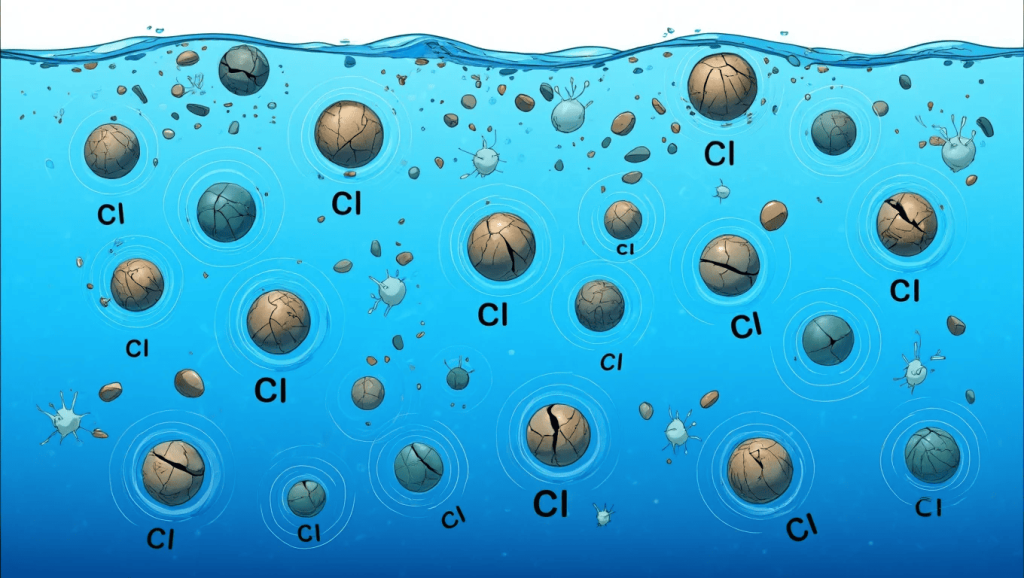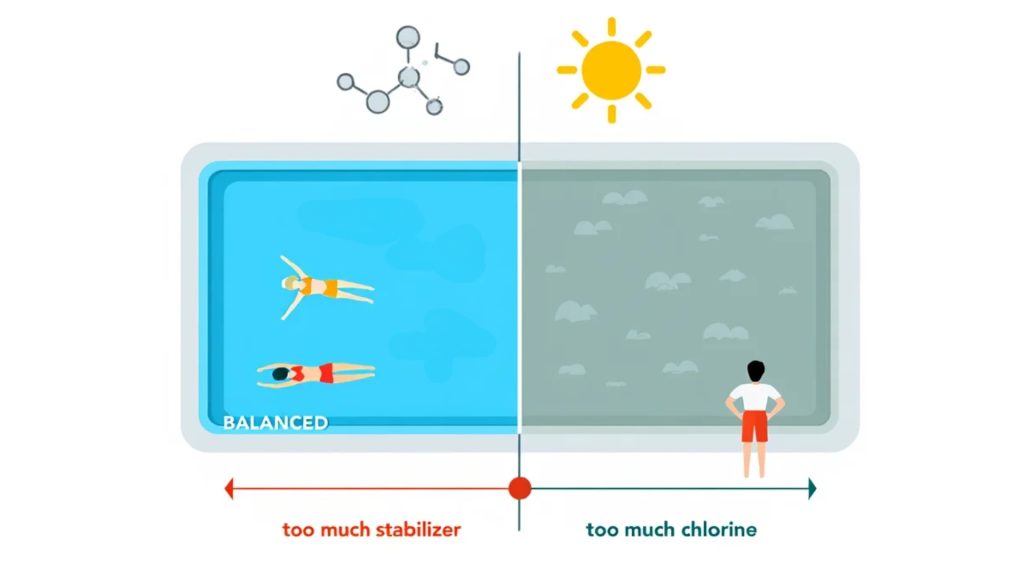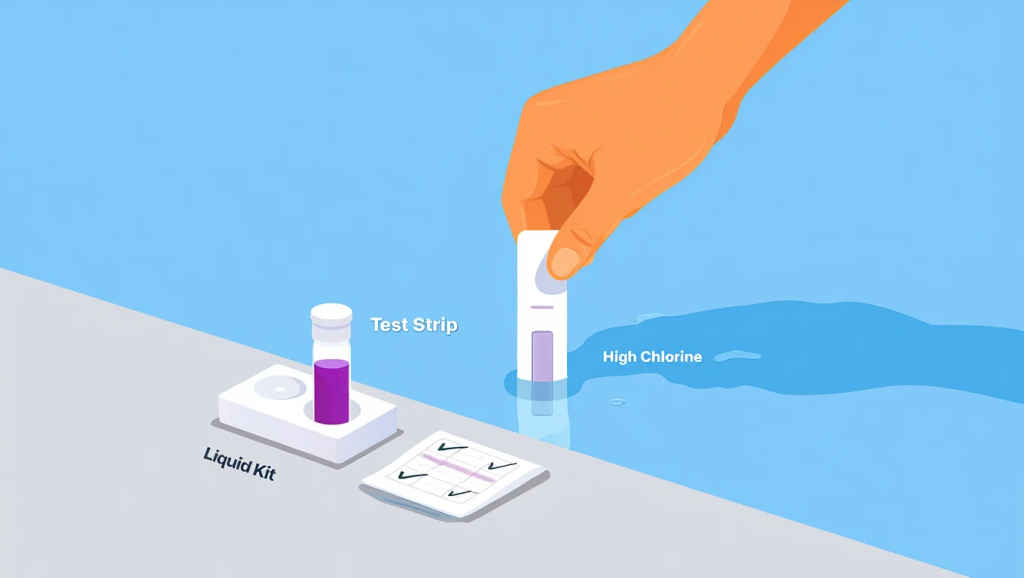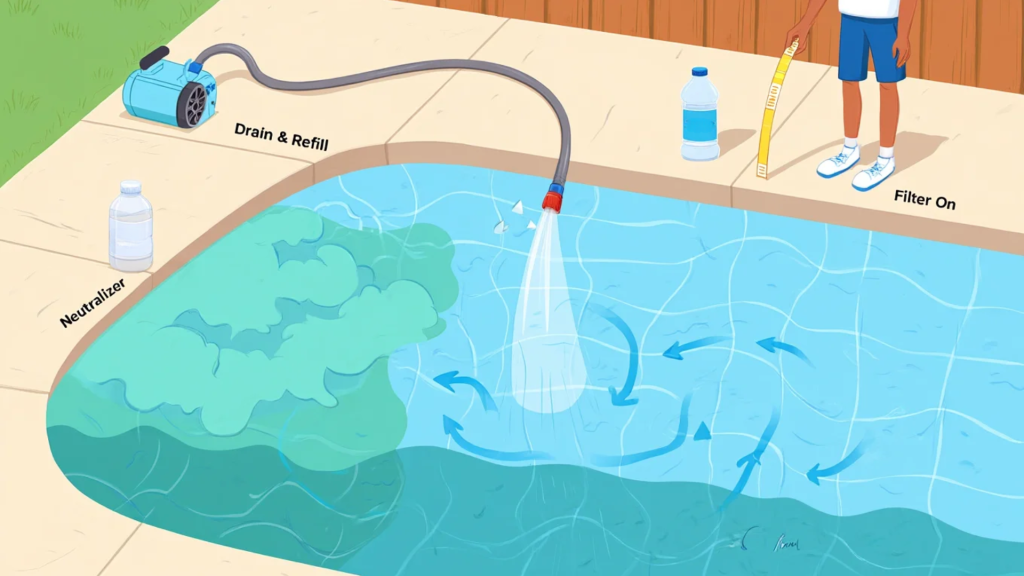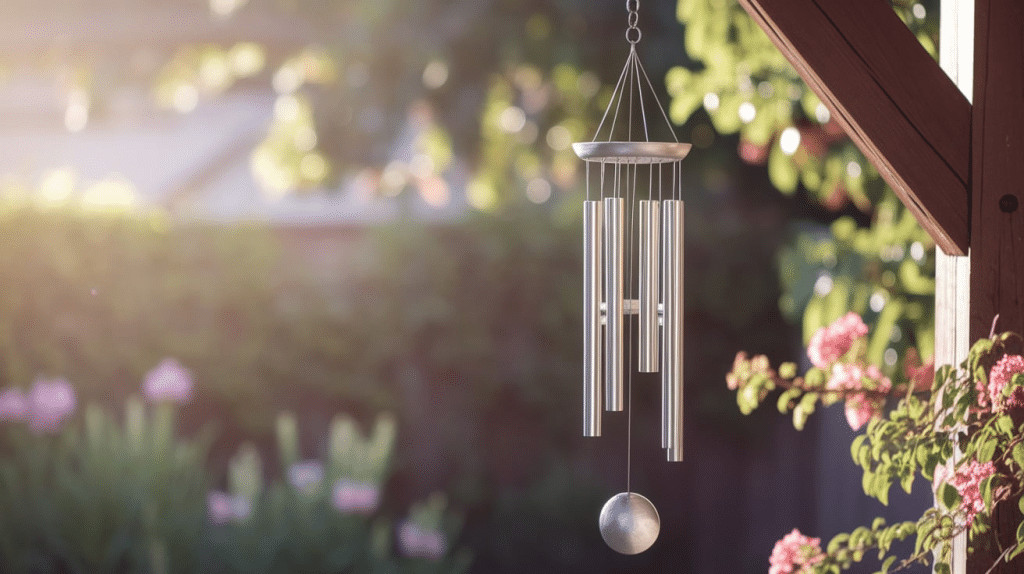Ever stared at your backyard pool only to find it looking like cloudy milk instead of crystal blue water?
You’re not alone. One of the most common culprits behind this swimming nightmare is actually too much chlorine.
Yes, the very chemical meant to keep your pool clean can turn it cloudy when used in excess.
Many pool owners mistakenly think more chlorine equals cleaner water, but this isn’t true.
Excessive use of this powerful sanitizer can disrupt your pool’s delicate chemical balance, resulting in an uninviting, hazy mess.
Frustrated pool owners deal with this problem every summer, wasting time and money.
Let’s find out why excess chlorine causes your pool to become cloudy and learn exactly how to resolve the issue quickly, so you can get back to enjoying your pool.
Understanding Chlorine’s Role in Pool Chemistry
Chlorine is the hero of your swimming pool, working hard to keep the water safe and clean.
It acts like a security guard, killing harmful bacteria and algae that could make swimmers sick.
To keep your home pool clear and healthy, aim to maintain chlorine levels between 1 and 3 parts per million (ppm).
Using too little will not effectively clean, while using too much can cause problems such as cloudy water.
But chlorine doesn’t work alone – it needs friends!
Your pool water requires a balanced mix of several chemicals working together.
The pH level (which indicates the acidity or basicity of your water), total alkalinity (which helps stabilize the pH level), and calcium hardness (which protects surfaces) all need to be within their proper ranges.
When these elements are balanced, chlorine can do its job efficiently, providing sparkling clear water that is perfect for swimming.
Can Too Much Chlorine Really Make Pool Water Cloudy?
Yes, excessive chlorine can definitely cause your crystal-clear pool to turn cloudy.
While most pool owners worry about not having enough chlorine, too much can be just as problematic.
Let’s learn how this occurs and how to determine if chlorine is the cause of your cloudy water issues.
1. Calcium Precipitation
When chlorine levels rise too high, especially in pools with a high pH, they trigger a chemical reaction with calcium in the water.
This reaction causes calcium to precipitate out of solution and form tiny particles that float in the water, creating a cloudy or hazy appearance.
These calcium deposits can also settle on pool surfaces as scale, damaging equipment and making your pool look dull.
This is why maintaining proper chemical balance is crucial for keeping your pool water clear.
2. Oxidation Overload
Excess chlorine aggressively attacks organic matter in your pool water, including substances such as skin cells, body oils, cosmetics, and other impurities.
While this cleaning action is generally beneficial, excessive chlorine can create problems.
It produces an overload of broken-down particles.
These particles become too small to be caught by your filter.
Yet they remain large enough to cloud your view of the water.
Think of it as over-cleaning that creates a foggy mess. Instead of crystal clarity, you get cloudy water.
3. Cyanuric Acid Imbalance
Your pool’s stabilizer, also known as cyanuric acid, protects chlorine from sunlight’s destruction.
When the relationship between chlorine and this stabilizer becomes out of balance due to excessive chlorine, it can affect the effectiveness of your chlorine.
Excessive stabilizer relative to chlorine can lead to a condition known as “chlorine lock.”
In contrast, sudden chlorine spikes can completely disrupt this balance, resulting in cloudy water that fails to clear even with effective filtration.
Other Factors That Combine with Chlorine to Cause Cloudiness
Too much chlorine isn’t always the only problem when your pool turns cloudy.
Often, chlorine works in conjunction with other issues to create the milky water you dislike.
The thing is that once you know what’s happening, fixing it becomes much easier.
| FACTOR | WHAT IT DOES | HOW TO FIX IT |
|---|---|---|
| High pH | Makes water less clear and chlorine less strong | Add pH lower chemical |
| Hard Water | Too much calcium makes the water cloudy | Use a scale fighter product |
| Poor Circulation | Dirty water doesn’t get cleaned properly | Clean the filter and run the pump longer |
| Recent Shock | Normal cloudiness after adding lots of chlorine | Wait 1-2 days with a filter on |
Remember that fixing your cloudy pool often means addressing more than just the chlorine level.
Check these other factors when your water isn’t clear.
With a little care and the right approach, your pool can be crystal clear again in just a few days.
How to Test Your Pool Water Accurately
Testing your pool water regularly is like giving your pool a health check-up.
To measure important chemicals, you’ll need either test strips (the easier option) or liquid test kits (for more accurate results).
For a healthy pool, aim to keep the free chlorine level between 1-3 ppm and the total chlorine level no more than 0.5 ppm higher than the free chlorine reading.
Your pH should be maintained between 7.2 and 7.6, while alkalinity should be kept at 80-120 ppm to help stabilize the pH.
To protect your pool surfaces, calcium hardness should be 200-400 ppm.
When reading your test results, pay special attention to chlorine levels.
If your test shows bright purple or pink (higher than 5 ppm), your chlorine is too high and is likely causing cloudiness.
Remember to test at least twice a week during swimming season, and always test in the morning before swimmers enter the pool or the sun breaks down your chlorine.
Fixing Cloudy Water Caused by Too Much Chlorine
Finding your pool cloudy after adding too much chlorine can be frustrating, but quick action will clear things up. Your first step should be to bring the chlorine level back into a safe range.
Here’s how:
Methods to Reduce Chlorine Levels
Excessive chlorine in your pool can cause irritation and damage to the pool equipment.
If you’re looking for easy ways to lower chlorine levels, try these practical solutions:
- Let the sun help: Remove your pool cover and allow direct sunlight to naturally reduce chlorine levels over a day or two.
- Use a chlorine neutralizer: Follow the dosage instructions and add sodium thiosulfate to your pool. This will quickly lower chlorine levels.
- Partially drain and refill: To combat extremely high chlorine levels, drain roughly 25% of your pool water, refill with fresh water, and then retest the chlorine concentration.
- Add hydrogen peroxide: Neutralize excess chlorine using 1 pint of 3% hydrogen peroxide per 1,000 gallons to reduce levels by 1-2 ppm, gradually adding it and frequent retesting.
- Increase bather load: For slightly elevated chlorine levels, consider hosting a pool party, as swimmers’ natural oils and body compounds will naturally react with and reduce chlorine.
Regular water testing with prompt adjustments keeps your pool balanced and swimmer-friendly while preventing potential long-term problems.
Clearing Cloudy Water After Reducing Chlorine
Once your chlorine level is back within the safe range (1–3 ppm), it’s time to clear up the cloudy water and restore its crystal-clear appearance.
- Stop adding any chlorine products to your pool until levels return to normal.
- Keep your pool filter running continuously until the water clears completely.
- Consider using a water clarifier product that helps tiny particles clump together, allowing your filter to remove them more easily.
- Brush and vacuum the pool to remove any settled debris.
- Backwash or clean the filter as needed to maintain strong circulation.
These recovery steps will quickly restore your pool’s balance, but remember that careful chemical measurement and regular testing prevent problems and keep your pool sparkling clear all season long.
Preventing Future Cloudy Water
Keeping your pool in top shape requires a consistent maintenance routine.
These simple guidelines will help ensure safe, clean, and enjoyable swimming conditions all season long:
| POOL MAINTENANCE TIP | DETAILS |
|---|---|
| Test Water | 2–3 times weekly during swimming season |
| Add Chemicals | As specified by the product label |
| Shock Pool | At dusk or night, never in direct sunlight |
| pH Level | Maintain between 7.2 and 7.6 for optimal chlorine effectiveness |
| Alkalinity | Keep between 80–120 ppm to stabilize pH |
| Clean Baskets & Strainer | Weekly cleaning of skimmer baskets and pump strainer |
| Filter Maintenance | Backwash or clean when pressure rises by 8–10 psi |
Consistently applying these preventative measures ensures more uninterrupted swim time with fewer maintenance headaches—your well-balanced pool will reward your persistence!
Wrapping It Up
Cloudy pool water from too much chlorine doesn’t have to ruin your swimming season.
Armed with the right knowledge, you can quickly clear your pool and prevent future problems.
Remember that balance is key – chlorine works best when it’s in the proper range alongside other pool chemicals.
Regular testing, careful chemical additions, and proper filtration habits will keep your water sparkling clear throughout the entire season.
Next time you see your pool turning milky, you’ll know exactly how to tackle the problem and have it swim-ready in no time.
Your beautiful, clear pool awaits – no chemistry degree required, just some simple maintenance tricks that work every time.
Ready for crystal-clear water?
Don’t let cloudy water steal another perfect pool day!
Your backyard paradise is just a few simple steps away.
Use our easy-to-follow chlorine reduction methods today to change your cloudy pool into the backyard oasis you deserve.

